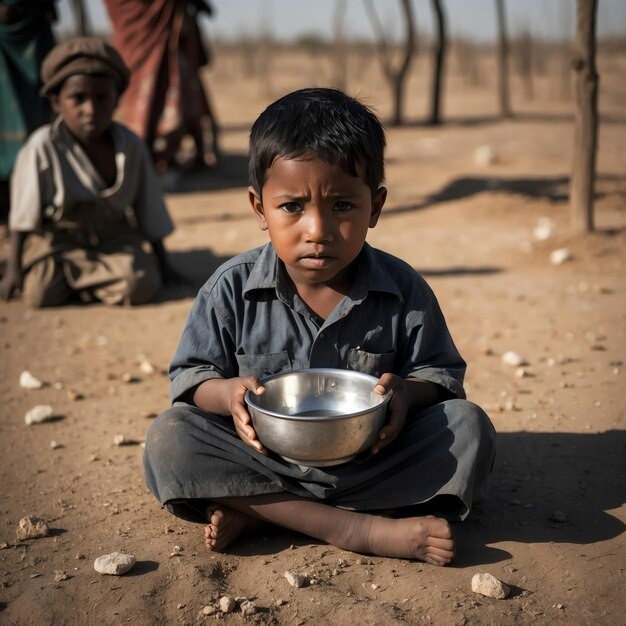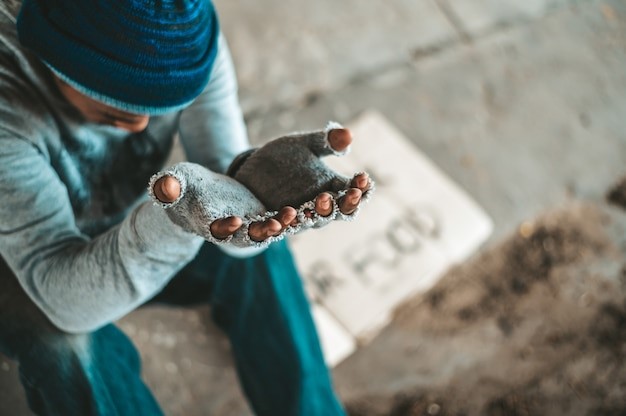Poverty can feel like a heavy chain that keeps you locked in place, no matter how hard you try to move forward. Many folks across the United States and around the world have firsthand experience with the hardships that come from living paycheck to paycheck or with no paycheck at all. In this article, we’ll explore the concept of the poverty cycle and discuss a range of practical solutions to overcome these obstacles. Working together as individuals, communities, and society, we can break the bonds of poverty and give everyone a fair shot at success.
Understanding the Cycle of Poverty

The phrase “cycle of poverty” refers to the self-reinforcing conditions that keep people trapped in low-income situations, generation after generation. When families are short on resources be it money, time, or supportive networks, they often face barriers that are tough to break through. These obstacles can include poor access to quality education, limited job opportunities, inadequate healthcare, and lack of reliable housing. Children who grow up in these environments may struggle in school and have fewer career choices, which in turn limits their future earning potential. This pattern can then repeat itself when they become adults, pass on these disadvantages to their own children, and so on.
Education’s Role in Breaking the Cycle
Education is often hailed as the great equalizer. A high school diploma, followed by vocational training or college, can open doors that lead to better job prospects and higher earnings. However, for those living in poverty, staying in school might be a struggle due to family obligations, lack of money for transportation or supplies, or the need to work part-time jobs to support their families.
Improving access to education means more than just building schools. It calls for comprehensive support services like free breakfast and lunch programs, mentoring, school counseling, and after-school activities. When children have reliable nutrition and a stable, encouraging learning environment, they’re more likely to stay in school and build a foundation for a brighter future.
For adults who missed out on formal education or training, programs like GED completion courses and community college scholarship opportunities can be a lifeline. These programs not only boost skills and earning potential but also serve as a stepping stone toward even higher education or specialized certifications.
Access to Resources like Healthcare, Childcare, and More

Even if someone finds employment, other critical factors can block their path to financial security while trying to break the cycle. Healthcare is a major hurdle as medical bills can skyrocket overnight if someone falls sick or has an accident. Without insurance or affordable care, a single health emergency can drain a family’s savings and spiral them back into poverty. Expanding healthcare access through community clinics, government insurance programs, or sliding-scale payment options can provide a safety net and prevent medical catastrophes from turning into financial disasters.
Childcare is another vital resource. Single parents or even two working parents often find themselves in a bind, especially if they have young children. Affordable or subsidized childcare programs let parents work, attend school, or go through training without worrying about their children’s safety and well-being. By reducing that stress, parents can fully focus on climbing the economic ladder.
Access to resources also includes reliable public transportation, internet connectivity, and banking services. When people can’t get to work, can’t search for jobs online, or can’t open a bank account to save money safely, their efforts to lift themselves out of poverty often stall. Municipalities can support new bus routes, local libraries can offer free Wi-Fi, and community banks or credit unions can extend low-fee checking and saving accounts to encourage financial growth and stability.
Financial Aid Programs
Financial assistance can provide a crucial lifeline for people in desperate situations. While critics may argue that such programs create dependency, research often shows that when managed properly, they give families the breathing room they need to stabilize and focus on improving their circumstances. Paired with job training or educational programs, financial aid for low-income individuals can be a powerful component in the fight against poverty, offering them a path to regain stability and work toward long-term goals.
Additionally, microloans and small-scale financing can help individuals start small businesses or pay for vocational training without sinking deep into debt. Community-based organizations and non-profits often provide these loans at lower interest rates, pairing them with financial literacy workshops to maximize their impact. These resources not only address immediate financial needs but also foster a spirit of entrepreneurship, allowing people to build wealth and create local jobs over time.
Housing Aid and Stability

Stable housing is central to breaking the cycle of poverty. When someone is worried about eviction or living in a shelter, it’s nearly impossible to focus on schooling, work, or long-term planning. Housing vouchers, subsidized rentals, and community land trusts are a few of the tools communities use to ensure that low-income families can afford a secure place to live.
Beyond simply providing shelter, holistic housing programs may include job counseling, financial planning sessions, and mental health support. By integrating these services, families can gradually become more independent, pay down debts, and work toward owning a home someday. Initiatives that encourage mixed-income neighborhoods can also reduce the stigma often associated with low-income housing and help families forge valuable social connections.
Community and Social Support
No one can break the cycle of poverty alone. Community support through local nonprofits, faith-based groups, and volunteer organizations plays a massive role in helping folks find their footing. Food banks, clothing drives, and mentorship programs can provide short-term relief while also connecting individuals with broader networks of resources.
When communities come together to support one another, the ripple effects can be remarkable. A strong sense of belonging and mutual responsibility encourages more people to volunteer, donate, and lift others in need. Over time, community-driven initiatives can transform disadvantaged areas into thriving neighborhoods, creating a self-sustaining loop of growth and opportunity.
Conclusion
Poverty, by its nature, is a relentless cycle that can persist through multiple generations yet it’s not unbreakable. From improving educational access and providing skill-building employment programs to ensuring stable housing and removing financial barriers, a wide range of strategies can weaken and ultimately dismantle this cycle.
In the end, creating opportunities and pathways for all is a benefit for everyone. Thriving communities lift entire regions economically, foster cultural diversity, and inspire hope for a better future. Working together to break the cycle of poverty, we can offer a chance for everyone to grow, succeed, and pass on a legacy of opportunity rather than hardship. Let’s take on the challenge today and help pave a brighter tomorrow for generations to come.

